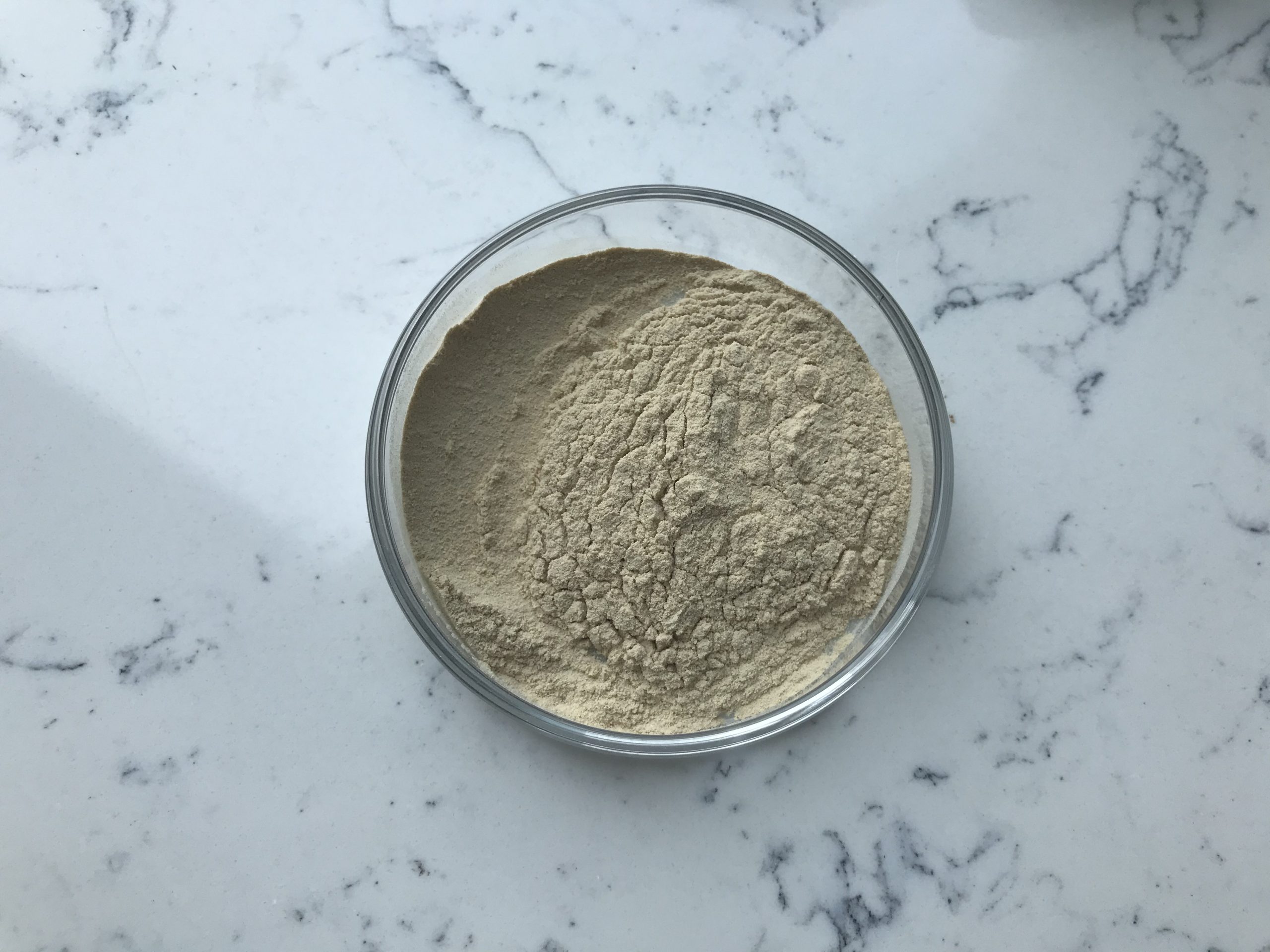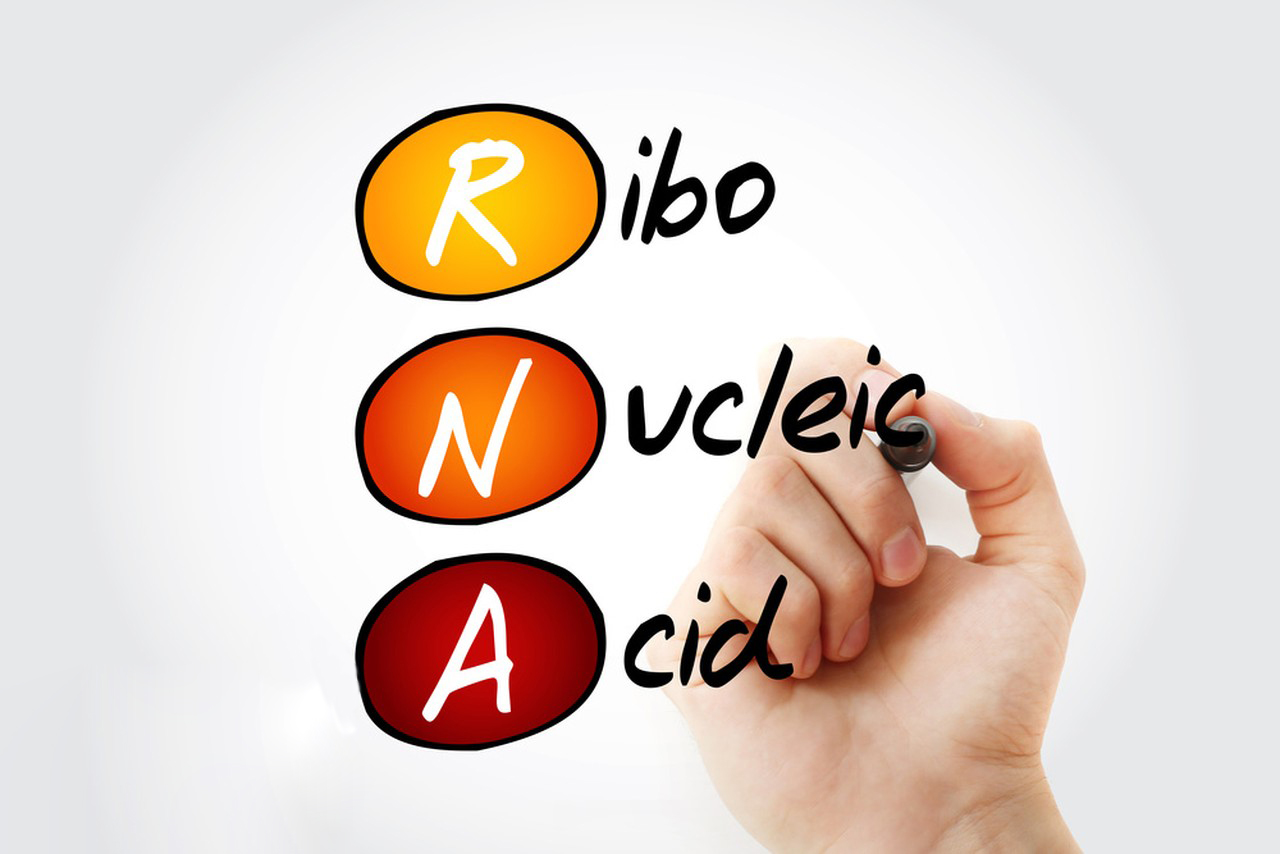Ribonucleic Acid, often abbreviated as RNA, is a molecule that plays a crucial role in the biological processes of living organisms. It is a macromolecule, similar to DNA (Deoxyribonucleic Acid), and is essential for the storage, transmission, and execution of genetic information in cells. Ribonucleic acid is chemically similar to DNA but differs in a few key ways:
Sugar Backbone: Ribonucleic Acid uses ribose as its sugar component, while DNA uses deoxyribose. The presence of an extra oxygen atom in ribose gives RNA its name.
Nucleotide Bases: Ribonucleic Acid uses the same four nitrogenous bases as DNA: adenine (A), cytosine (C), guanine (G), and uracil (U). In DNA, thymine (T) replaces uracil.
There are various types of Ribonucleic Acid in cells, each with specific functions:
Messenger Ribonucleic acid (mRNA): mRNA carries genetic information from DNA to ribosomes, the cellular machinery responsible for protein synthesis. It serves as a template for protein production.
Ribosomal Ribonucleic acid (rRNA): rRNA is a structural component of ribosomes, the cellular organelles where protein synthesis takes place.
Transfer Ribonucleic acid (tRNA): tRNA plays a key role in translating the genetic code carried by mRNA into actual proteins. It carries amino acids to the ribosome, where they are joined together to form a protein.
Small Nuclear Ribonucleic acid (snRNA): snRNA is involved in processing and modifying mRNA in a process known as splicing, where non-coding regions are removed and coding regions are joined together.
Small Nucleolar Ribonucleic acid (snoRNA): snoRNA plays a role in the modification and processing of rRNA, which is important for ribosome function.
Micro Ribonucleic acid (miRNA) and Small Interfering Ribonucleic acid (siRNA): These are small Ribonucleic Acid molecules involved in regulating gene expression by targeting specific mRNAs for degradation or by inhibiting their translation into proteins.
Ribonucleic Acid is critical for various biological processes, such as gene expression, protein synthesis, and the regulation of cellular functions. Its versatility and ability to perform various roles make it a fundamental component of life and a central player in the functioning of cells.

How to use Ribonucleic Acid?
Ribonucleic acid, or RNA, plays a vital role in various cellular processes, including protein synthesis, gene regulation, and information transfer. The way you use Ribonucleic acid depends on the specific context and application. Here are some common ways Ribonucleic acid is used:
1.Protein Synthesis (Translation):
Messenger Ribonucleic acid (mRNA) is transcribed from DNA and carries the genetic code to ribosomes in the cell.
Ribosomes use the mRNA as a template to synthesize proteins by reading the codons (three-nucleotide sequences) and recruiting the corresponding transfer Ribonucleic acid (tRNA) molecules.
2.Gene Regulation:
Non-coding RNAs, such as microRNAs (miRNAs) and small interfering RNAs (siRNAs), play a role in regulating gene expression. They can inhibit or promote the translation of specific mRNAs.
Long non-coding RNAs (lncRNAs) can also be involved in regulating gene expression and cellular processes.
3.Biotechnology and Research:
In laboratories, researchers use Ribonucleic acid to study gene expression, gene function, and cellular processes.
Techniques like Ribonucleic acid interference (RNAi) use small Ribonucleic acid molecules to silence specific genes, which can be valuable for studying gene function or developing potential therapies.
4.Vaccines:
Some vaccines, like the COVID-19 vaccines, use mRNA to instruct cells to produce a viral spike protein and stimulate an immune response. This helps the body develop immunity to the virus without causing disease.
5.Ribonucleic acid Therapy:
RNA-based therapies are being explored for various conditions, including genetic disorders, cancers, and infectious diseases. Techniques like small interfering Ribonucleic acid (siRNA) and messenger Ribonucleic acid (mRNA) therapy aim to target specific genes or proteins for therapeutic purposes.

6.Diagnostic Testing:
Ribonucleic acid can be used in diagnostic tests, such as reverse transcription-polymerase chain reaction (RT-PCR), to detect the presence of specific Ribonucleic acid sequences, such as viral Ribonucleic acid in COVID-19 testing.
7.Ribonucleic acid Sequencing:
Ribonucleic acid sequencing (RNA-Seq) is a technique used to analyze the transcriptome of a cell, tissue, or organism, providing insights into gene expression and regulation.
8.Storage of Genetic Information:
Ribonucleic acid viruses store their genetic information as Ribonucleic acid, as opposed to DNA. Examples include HIV and influenza viruses.
The use of Ribonucleic acid can be highly specialized and context-dependent. Researchers and medical professionals continue to explore new applications for Ribonucleic acid in biotechnology, medicine, and other fields. If you have a specific application or question about using Ribonucleic acid, feel free to provide more details for a more tailored answer.
